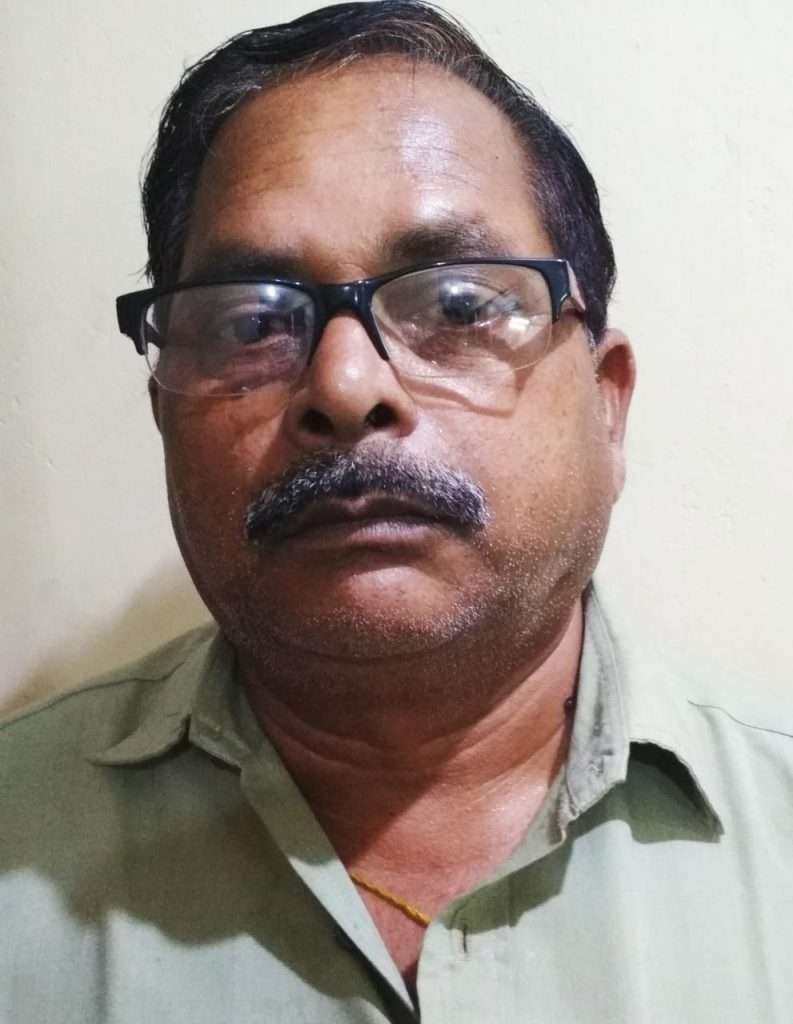Down the corridors of time and history of civilization education has always remained a debatable matter – controversial. What is good education? What is real education? In the early seventeenth century, the great English dramatist Shakespeare has said through his character Prospero:
“And now-a-days tutors are not so careful.” (The Tempest)
Again Jonathan Swift in his famous novel Gulliver’s Travels has said – “Confined education”.
Rabindranath Tagore said – “Modern education is like teaching a parrot confined in a golden cage”. So, down the years there was widespread criticism against education. There was always a striving for quality education. Dr. Radha Krishnan said – “Education is completion of life. Moreover, education should have intrinsic merit”.

Recently Government of India has decided to implement the New Education Policy (NEP) 2020 to improve the quality of education. It is a laudable step. A new system will begin: 5 + 3 + 3 + 4.
This NEP has decided to emphasise on ‘Indian Knowledge System’. This means emphasis will be made on study of Ancient India and Modern India. Sanskrit will be taught at all levels of education. Our cultural heritage is stored in Sanskrit language. Literature, philosophy, medicine, science, mathematics – everything has been written in Sanskrit. So, Sanskrit must be read by every Indian.
During British Raj, British were attracted by this language – Sanskrit – the refined language. Sir William Jones, a judge of Supreme Court, started studying Indian culture through Sanskrit. It is called ‘Indology’. In the year, 1784, during the time of Warren Hastings – started – The Asiatic society of Bengal. Jones learnt Sanskrit by the help of Hindu pundits.
He translated Kalidas’s play Shakuntala into English. It became very popular in European countries.“No other language as I know of lends itself to scientific analysis as does Sanskrit” he said. It is more copious than the Greek and more refined than the Latin.
Prof. A. B. Keith said – “Every single thought can be expressed in just two lines – a sloka. The most common is anunustupchhanda (metre)”. Sanskrit language is well known for its brevity. And brevity is soul of wisdom. Panini’s grammar rules are fitting example. They speak great meanings with minimum words.
Now-a-days people have become westernised. We are forgetting our own language and culture. The legacy which has come down to us is from Sanskrit to unearth our ancient glory and get inspired by it. Sanskrit will make us accomplished persons. So there should be revival of Sanskrit.
So many things are buried in the past, we have to unearth it and incorporate in our life. The boys at high school level should be encouraged to read history and Sanskrit, especially Ancient History and Modern History of India. History is not a study of dead names.
History is the study of the origin of our civilization, culture, institutions, traditions, social-economic, political, and religious conditions. So, Francis Bacon, the famous English essayist said – “The reading of History makes us wise”.
The young minds should be indoctrinated to read History in the right earnest. They should understand History. They should be encouraged to philosophise History. Love for the past is a romantic trait. Modernisation does not mean westernisation. One can be modern by collecting the past and mixing it with the present.
‘Catch them young’ – should be the phrase while instilling the historical sense in the young minds. Without knowing the past, education would be incomplete. History gives pedigree to the individuals as well as to the nation. History is the biography of the nation. And literature is the autobiography of the nation.
It may be reiterated that education should have intrinsic merit. What is the meaning of the word – intrinsic? It is difficult the meaning of this word. It may be illustrated by examples:
The brightness of the star is its intrinsic merit. The intrinsic merit of coin is not its face value but its value as a metal.

So, the intrinsic value of education is what education should do. Then only we can get real education. A philosopher has said:
The real education comes after we leave school, and there is no reason to stop it before our death. But real education is hart to get. That’s why T. S. Eliot, the English poet has said:
Where is the knowledge
We have lost in information
Where is wisdom
We have lost in knowledge
Where is life
We have lost in living.
In the nineteenth and twentieth century England, there were two educationists – Matthew Arnold and W. B. Yeats – both were poets. And in the profession they were school inspectors. Matthew Arnold’s father Thomas Arnold was the headmaster of the famous Rugby High School, London. Both Arnold and Yeats were sensible persons. They inculcated the sense of real education in their students. They had set the standard of education in England.
Should we not follow them to the last gasp with truth and loyalty? Good education may reform our defects.
(The views expressed are the writer’s own.)

Radhakanta Seth is an Income tax officer in Sambalpur. He is a Freelance writer and his articles have been published in some Oriya dailies like Sambad, Samaj, Dharitri and English dailies like The Telegraph and in a sociological journal ‘Folklore’ published from Kolkata.
He can be reached at [email protected]
( (Images from the net)

